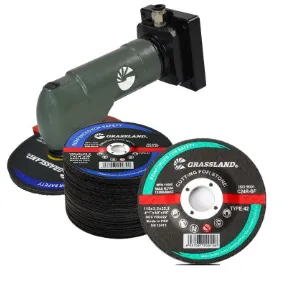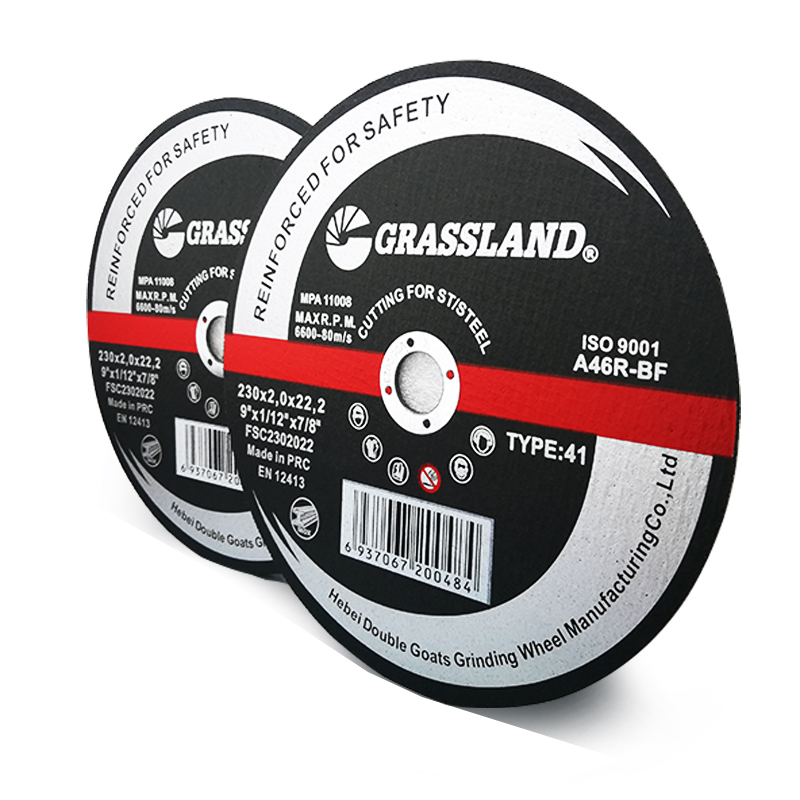

Safety risks cannot be overemphasized when discussing the interchangeability of tools in crafts. Using inappropriate discs increases the propensity for kickback, a dangerous event where the power tool thrusts backward unexpectedly. This is particularly perilous with high-speed rotary tools like angle grinders. In-depth studies and safety regulations consistently advocate for using tool-specific blades to prevent injury and maintain safe operation standards. An added dimension concerns the lifespan of metal cutting discs when misapplied on wood. The aggregate material of these discs, while adequate for metal, is significantly more consumable on wood, leading to frequent replacements. This both raises costs and questions the economic sense of not investing in a proper woodcutting blade. Given these insights, the industry strongly encourages users to consider dedicated woodcutting blades for woodworking tasks. Blades designed for wood are equipped with teeth and gullets that efficiently manage sawdust and enhance cutting performance, reducing strain on both the tool and the material itself. Innovations in blade technology, such as carbide-tipped teeth, also provide durability and superior cutting finesse, further justifying their use over metal discs for wood. In conclusion, while the idea of using a metal cutting disc on wood might seem practically appealing for its conceptual versatility, the risks and inefficiencies involved make it an unideal choice for anyone valuing safety and quality in their woodworking endeavors. It is always recommended to tailor tool choice to the material at hand, ensuring proper tools are used for the right applications to maintain safety, performance, and longevity in all crafting projects. This foundational principle resonates in all professional workshops and is a testament to the value of specialized equipment in achieving optimal results.
Post time:Feb - 07 - 2025

















